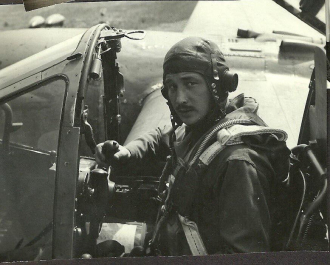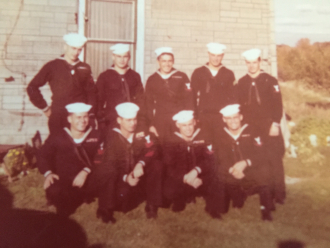Allied casualties on the first day were at least 10,000 - 4,414 were confirmed dead. The Germans lost 1,000 men. Civilian casualties were around 3,000. The largest seaborne invasion in history, the goal was to liberate France from Nazi invaders. While D-Day wasn't initially as successful as hoped, Paris was liberated by August. By May of the following year, the Allies accepted the unconditional surrender of the Nazis.
Total Fatalities: From 1939 until the end of World War 2 it is believed that about 70 - 85 million people (an estimated 3% of the world's population at the time) died in the war - troops and civilians included.
Have photos that you'd like to see included? Share your photos or see a video about the real story of the USS Indianapolis by clicking "next page" below.








 AncientFaces
AncientFaces 



